If you’ve been involved in an accident and suffered an injury, you may wonder how diagnostic tools like an MRI can impact your legal case. The truth is, an MRI can have a major impact on the amount you can possibly settle your injury case for. For instance, let me tell you the story of my past client, Susan. Susan’s case involved a car accident, but the lessons I teach in this video apply to all types of personal injury claims, including but not limited to slip and trip and fall incidents and other types of injury cases.
Susan’s Story
Susan’s case was a clear liability accident. Her car accident happened while she was stopped due to traffic on the highway when a vehicle behind her struck another vehicle, pushing that vehicle into Susan’s car. The other driver was at fault, and his insurance company accepted liability. This is what we call a damages case. With liability out of the way, all we had to prove was Susan’s damages.
Susan first called me months after her car accident. She had been receiving chiropractic treatment for her neck and lower back. Her chiropractor encouraged her to seek legal representation, so she called me. When I first agreed to take on the case, I immediately gathered Susan’s medical records for the treatment she had completed to date. I noticed she had had an MRI on her neck. I got the records from that MRI, which indicated that Susan had a disc protrusion at C4-C5.
Importance of MRI
A disc protrusion, commonly known as a disc bulge, occurs when the spinal disc and associated ligaments are intact but may form a bulge that will press on the spinal nerves. This condition causes pain in the neck, shoulder, and arms. Susan wasn’t done with treatment yet, though. I encouraged her to get another MRI on her lower back since she continued to have lower back pain.
She finally got a lower back MRI over six months after the accident, which revealed a disc protrusion at L3-L4 and a bulging disc at L4-L5. With this objective diagnostic testing revealing that Susan had sustained objective injuries to her neck and lower back, I was now in a position to initiate settlement negotiations with the other driver’s insurance company.
Settlement Negotiations
I demanded that the other driver’s insurer pay the policy limits, which they did, but we were not done. Susan had underinsured motorist coverage on her automobile policy, which allowed her to pursue an additional claim for her injuries since the other driver did not have enough insurance to cover her damages. This was a good thing. After we settled with the other driver’s insurance company for the policy limits, I sent a written demand for the policy limits to my client’s underinsured motorist insurance carrier.
The underinsured motorist insurer responded with an offer of only $22,000.00. I was confident Susan’s claim was worth more, so I filed a lawsuit sticking with the demand for the underinsured motorist policy limits. The underinsured motorist insurer finally then offered to pay out the underinsured motorist coverage policy limits.
Key Takeaways
The big lesson to take away from all of this is that an MRI can help tremendously in an injury case. In Susan’s case, the MRI showed she suffered from multiple bulging discs in her neck and back. Without this evidence, I don’t believe we would have settled her claims for the policy limits. Certainly not with the underinsured motorist carrier, but maybe not even the other driver’s insurer.
How an MRI Helps
An MRI is a powerful diagnostic tool that uses a magnetic field and radio waves to generate detailed images of the body’s internal structure. MRIs are commonly used to examine soft tissues such as muscles, ligaments, tendons, and organs, making them useful for assessing injuries sustained in accidents.
There are four ways in particular how an MRI can help with an injury case:
- Accurate Diagnosis: An MRI can provide a more accurate diagnosis of your injuries compared to other imaging techniques. It allows medical professionals to identify any hidden or internal damage that may not be visible through physical examinations or X-rays alone.
- Objective Evidence: The images obtained from an MRI provide objective evidence of your injuries. The visual documentation can strengthen your case by illustrating the severity and extent of your injuries to insurance companies, opposing parties, or a jury if the case goes to trial.
- Proving Causation: An MRI can help establish a direct link between the accident and your injuries. If the MRI shows specific damage that can be directly attributed to the incident, it can support your claim and strengthen your argument for compensation.
- Increasing Claim Value: The severity and extent of your injuries as determined by an MRI can have a direct impact on the amount of compensation you may receive. The more comprehensive the documentation of your injuries, the stronger your case becomes when negotiating a settlement.
Conclusion
The thing is, just because you got an MRI that shows you sustained an objective injury following your accident doesn’t mean the insurance company won’t make you a lowball settlement offer at the start of your case. In order to possibly get a fair and reasonable settlement offer in your injury case, you have to know how to respond to a lowball settlement offer.
In this video about to pop up here, I’ll tell you four tips as to what to do when you get a lowball settlement offer in your injury case. Lastly, if you’ve been injured in Kentucky, remember to don’t wait; call Tate. Here at Meagher Injury Lawyers we offer a free initial consultation, so call us today.
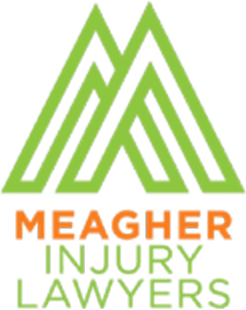
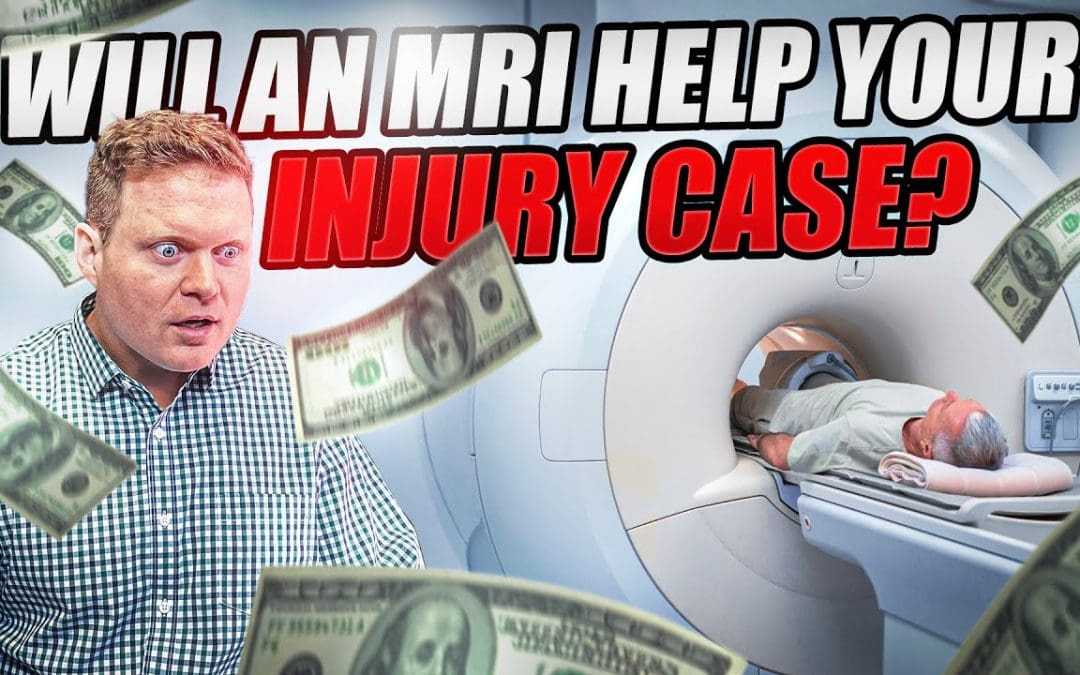
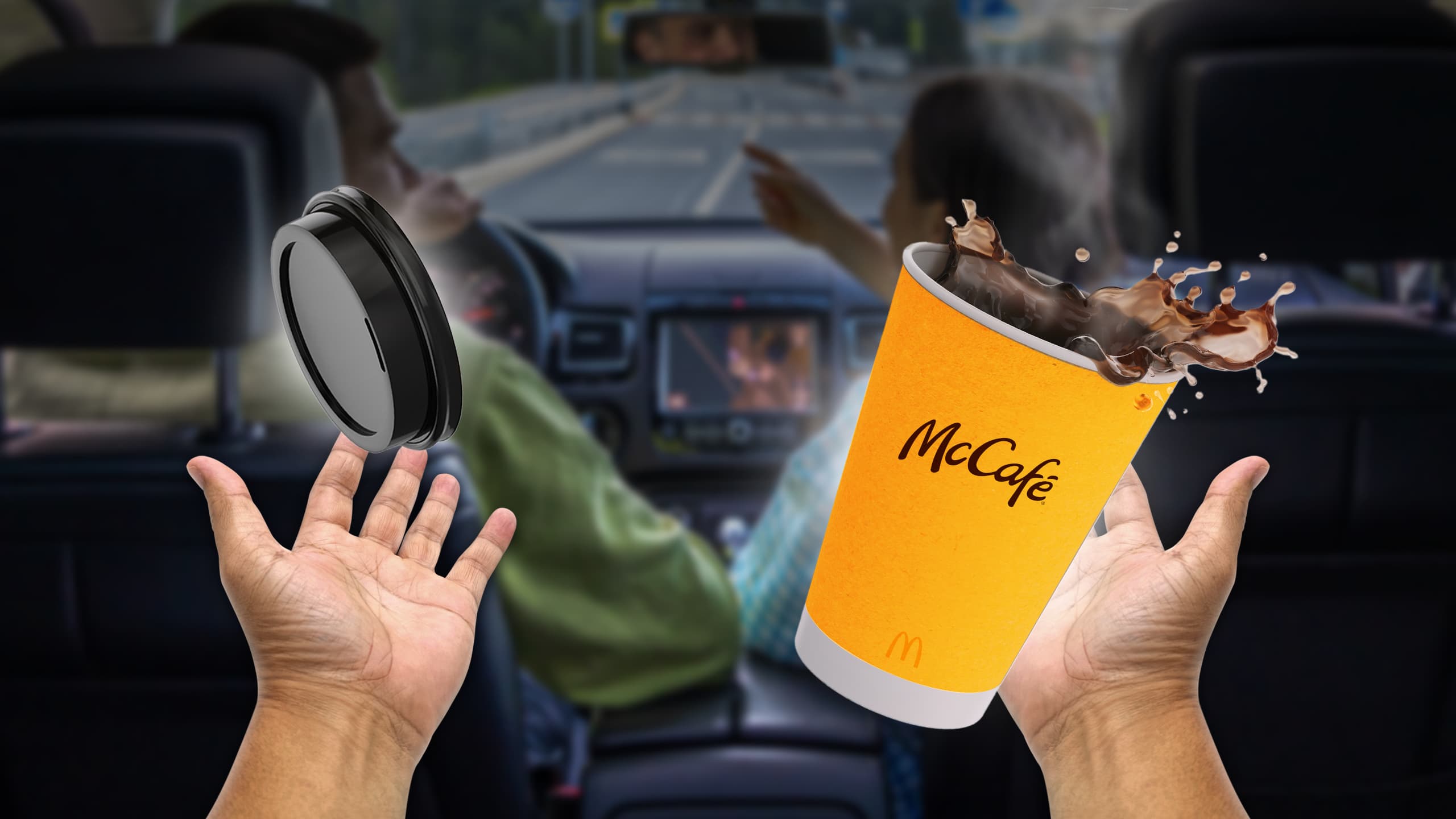
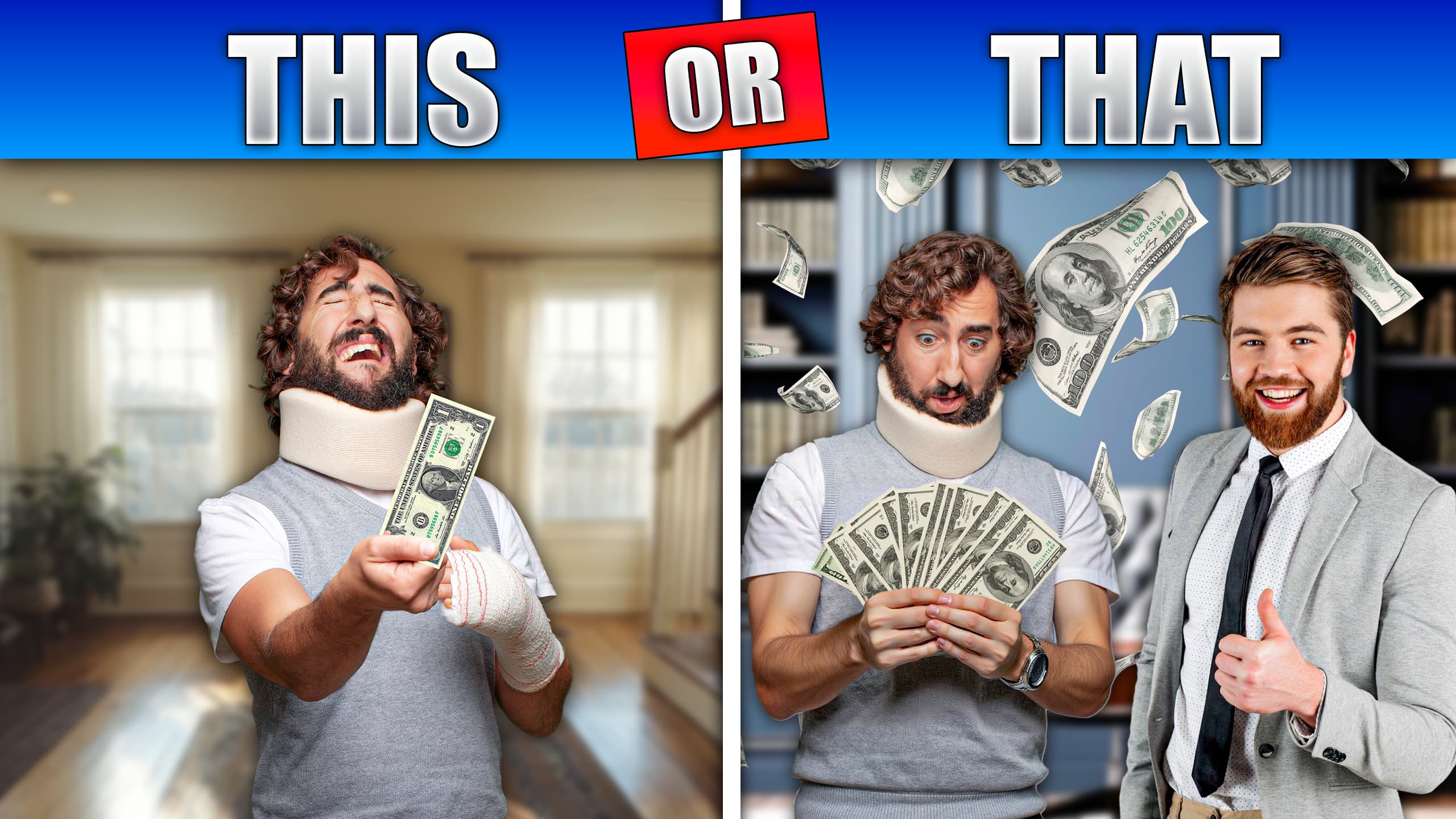
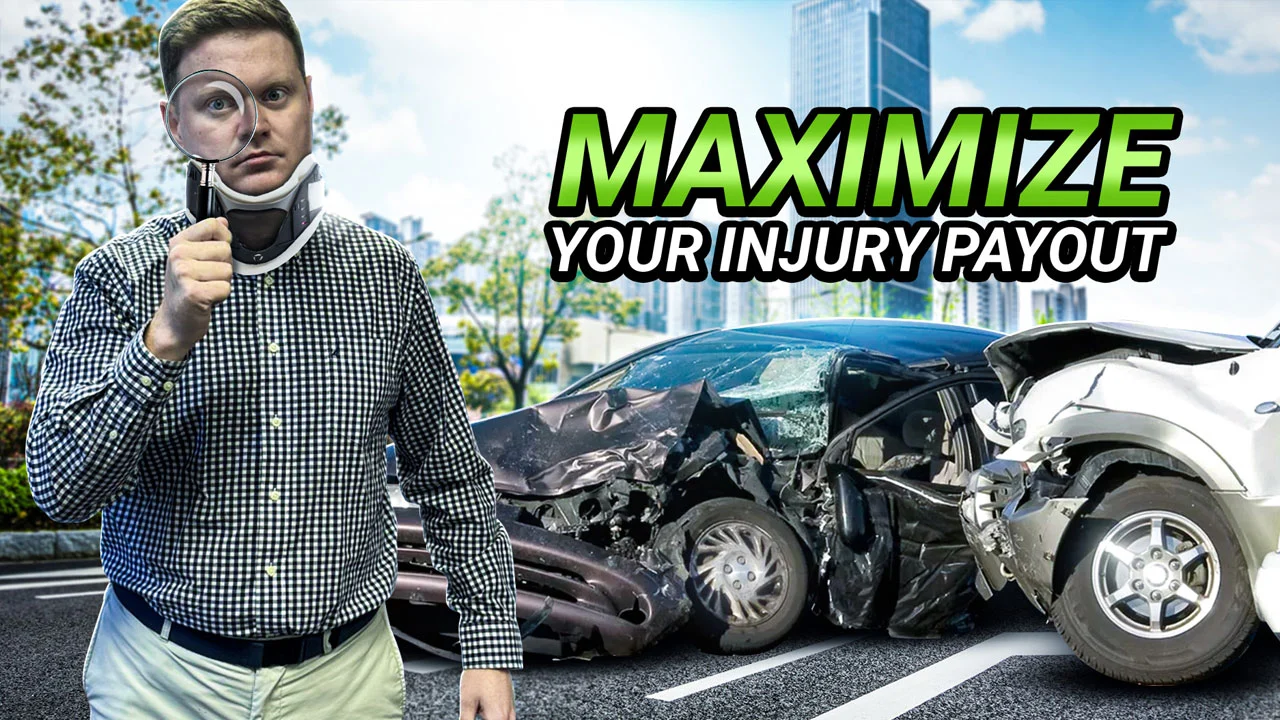
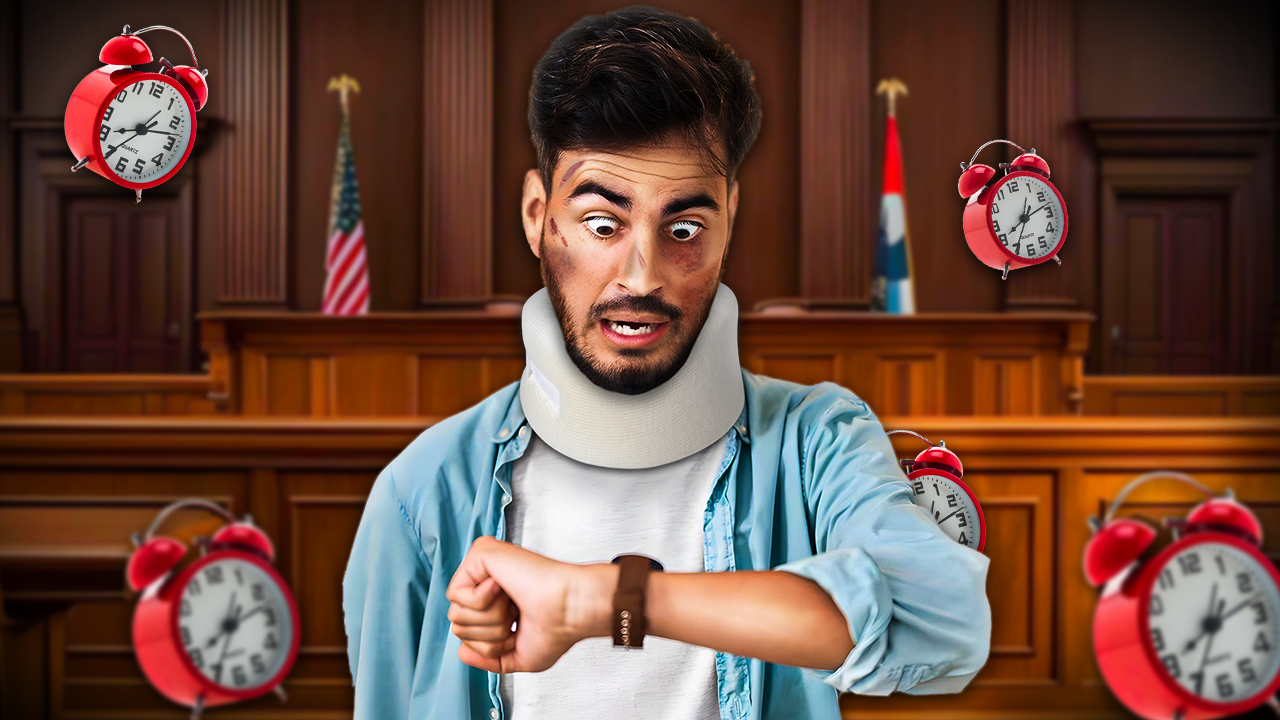
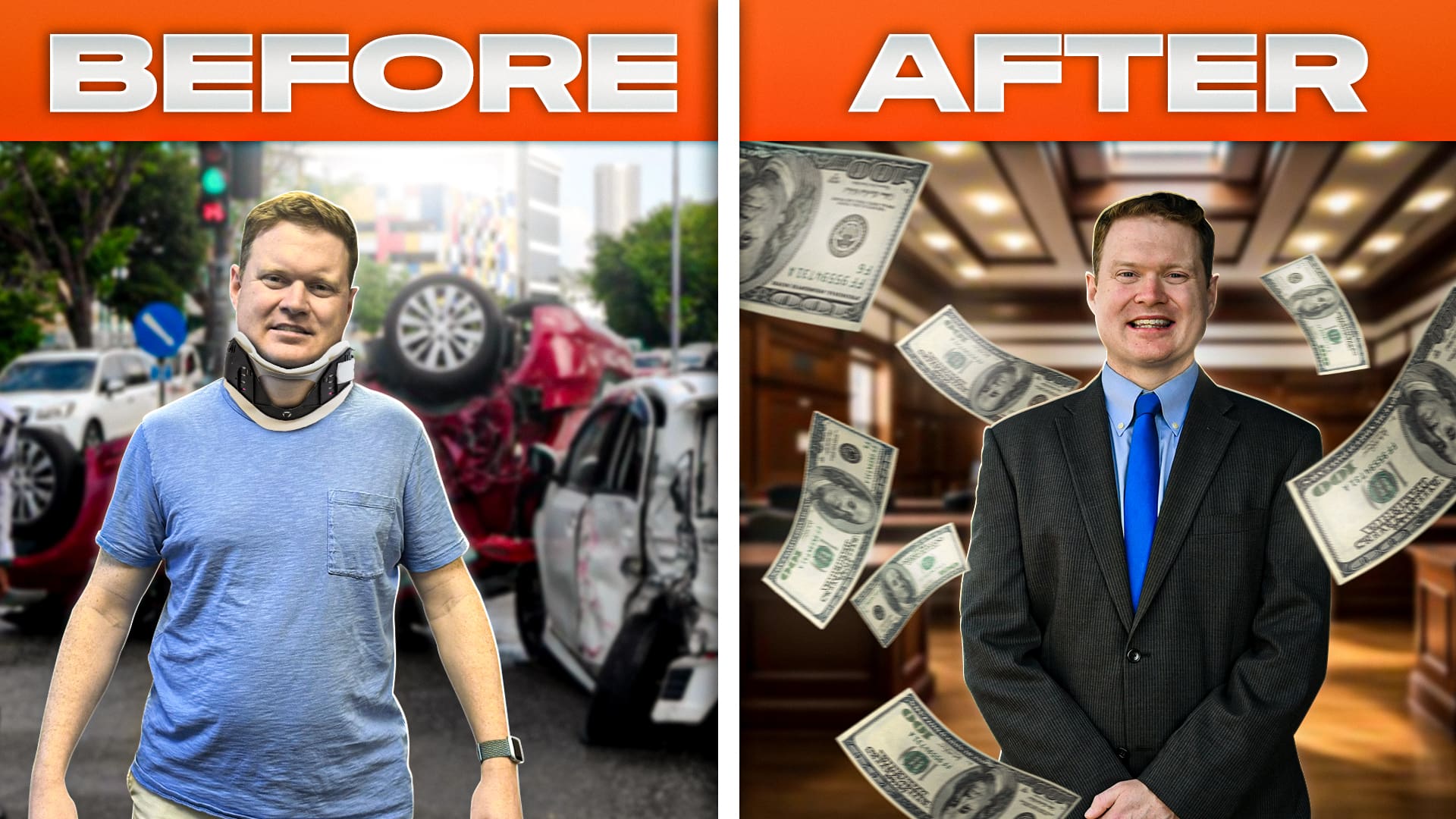

Recent Comments